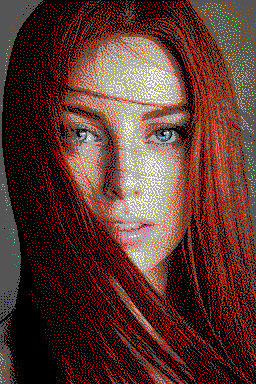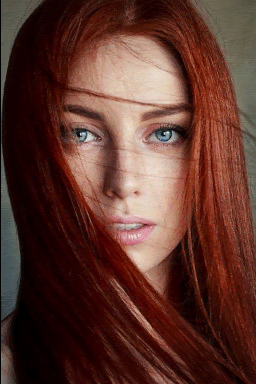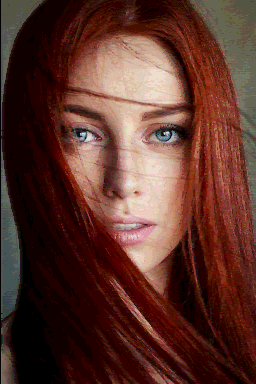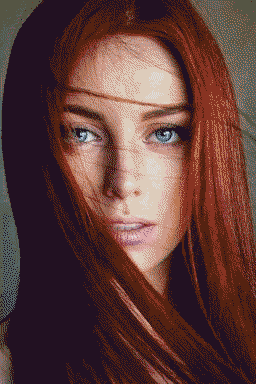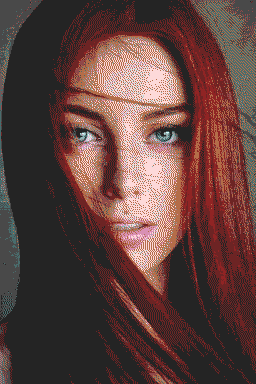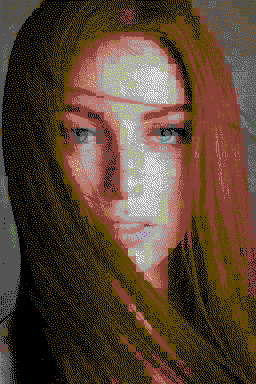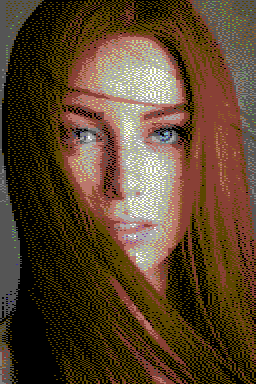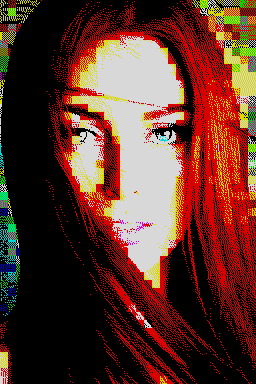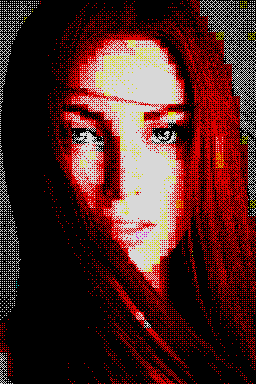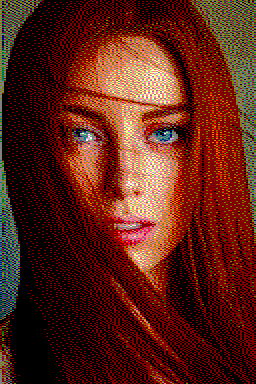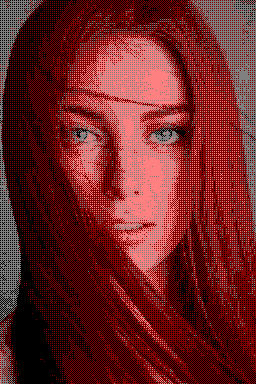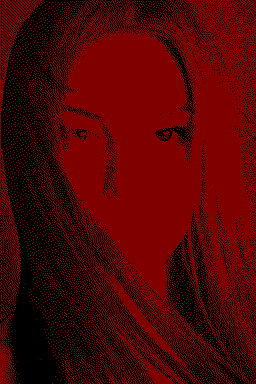A basic collection of classes to handle image color reduction.
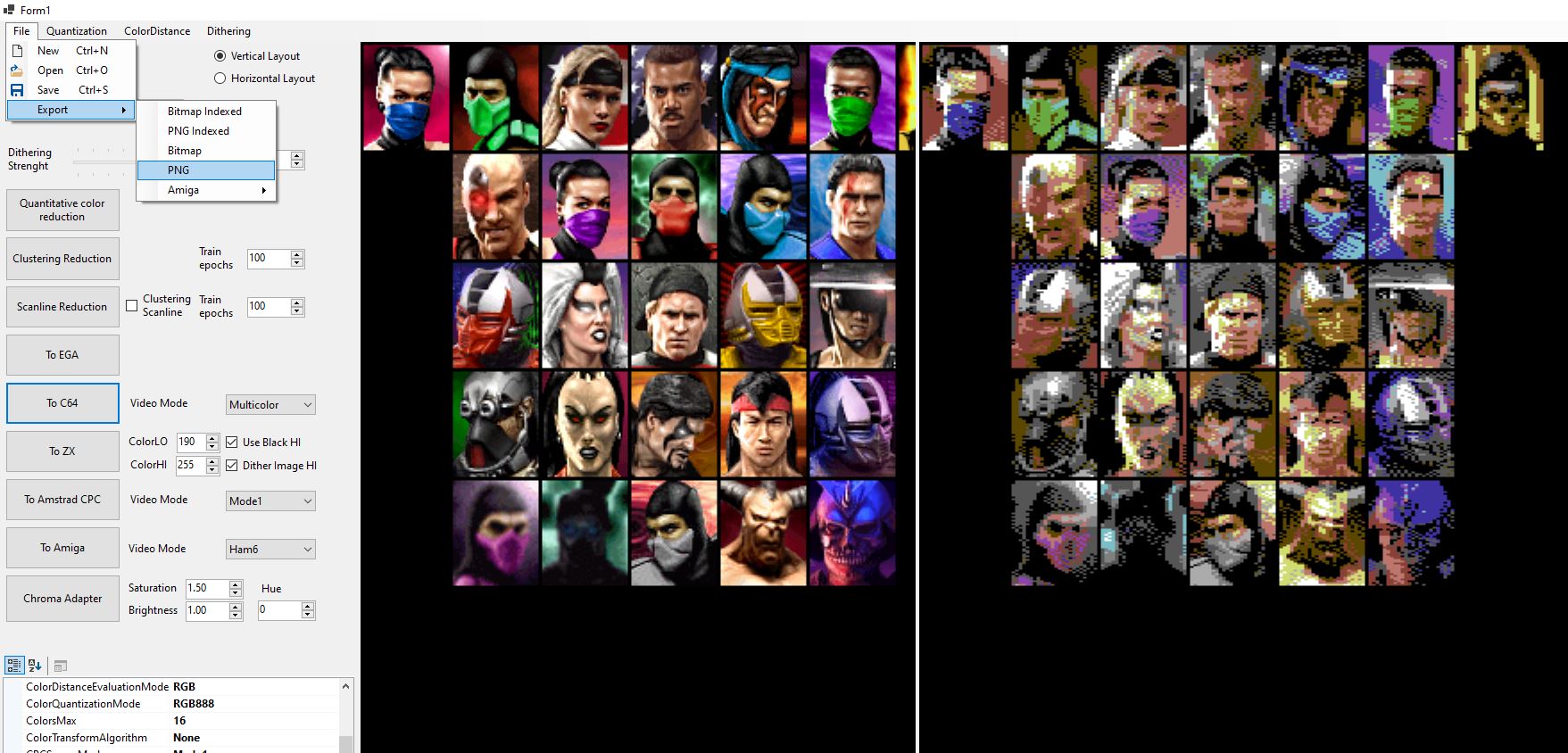
These tools can be used to create displayable images for old computer video modes, using various color reduction algorithms, color quantization, and dithering.
To reduce colors on source images for old systems' video mode we need to know:
- The output computer color space, aka the number of bits the system uses to represent a color. Source image usually has 3 color channels (red, green, and blue) with 8-bit per channel, for a total of 16 million selectable colors. Old systems usually have 3 channels with 3 or 4-bit for color, for a total of 512 or 4096 selectable colors, or even a fixed color palette.
- The maximum number of colors displayable on video modes. Most computers can display only 16 colors on screen.
- The hardware limitations. Most computers use tricks to minimize ram consumption, like using tiles or doubling pixels techniques.
Simply create a ColorTransform class, select color quantization, the maximum number of colors, and a dithering algorithm. Feed it with an input image and get the transformed image.
graph TD;
Source_Image-->Source_Color_Palette;
Source_Color_Palette-->Color_Quantization;
Color_Quantization-->Color_Reduction_Algorithm;
Color_Reduction_Algorithm-->Dithering;
Dithering-->Output_Image;
Processing algorithms don't support alpha channels.
A lot of stuff, like sprite masking and assembly code generation.
Quantization reduces the number of bits for colors channel. The lower value, the less shadow of colors.
| Quantization Level | Red Shades | Green Shades | Blue Shades | Total selectable colors | Notes |
|---|---|---|---|---|---|
| 8-8-8 | 256 | 256 | 256 | 16,777,216 | 24 bit images, SVGA, Amiga AGA |
| 6-6-6 | 64 | 64 | 64 | 262,144 | Amiga HAM8, VGA |
| 5-6-5 | 32 | 64 | 32 | 65536 | 16 Bit Hi Color |
| 5-5-5 | 32 | 32 | 32 | 32768 | 15 Bit Hi Color, SNES |
| 4-4-4 | 16 | 16 | 16 | 4096 | Amiga OCS/ECS/HAM6, Atari STE, NeoGeo |
| 3-3-3 | 8 | 8 | 8 | 512 | Atari ST, Sega Genesis, PC Engine |
| 2-2-2 | 4 | 4 | 4 | 64 | EGA |
| 1-1-1 | 2 | 2 | 2 | 8 | Basic Color Schemes |
To generate an image for Sega Genesis, the proper 3-3-3 color quantization should be selected before processing image.
| Original Image (22000 colors) | 5-6-5 Quantization | 4-4-4 Quantization | 3-3-3 Quandtization | 1-1-1 Quantization |
|---|---|---|---|---|
 |
 |
 |
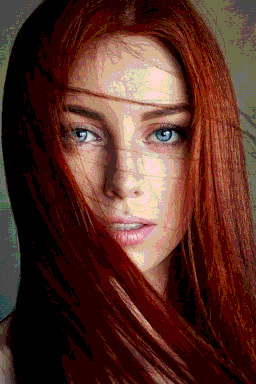 |
 |
Dithering spreads the color reduction approximation errors over the entire image. After the color reduction process, dither tries to simulate the missing color using the remaining color information. Ditherting strength can be adjusted to obtain better results.
| 16 Color Image Without Dithering | 2x2 Ordered Dithering | 4x4 Ordered Dithering | Floyd Steimberg Dithering | Jarvis, Judice and Ninke Dithering |
|---|---|---|---|---|
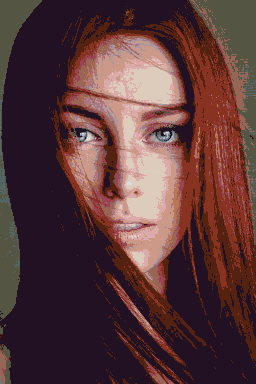 |
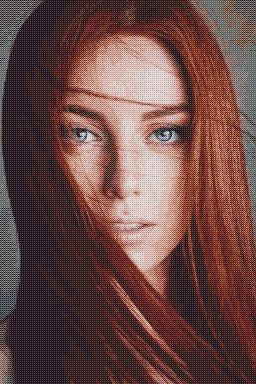 |
 |
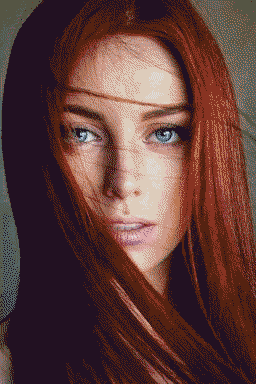 |
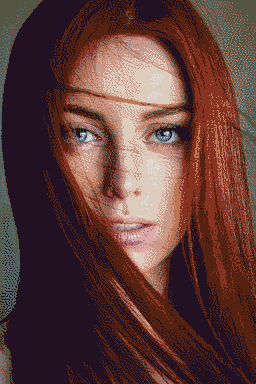 |
There are lots of classic color reduction algorithms. The majority simply reduce the number of colors, while others try also to adapt the source image according to the system screen mode limitations. Here some examples.


